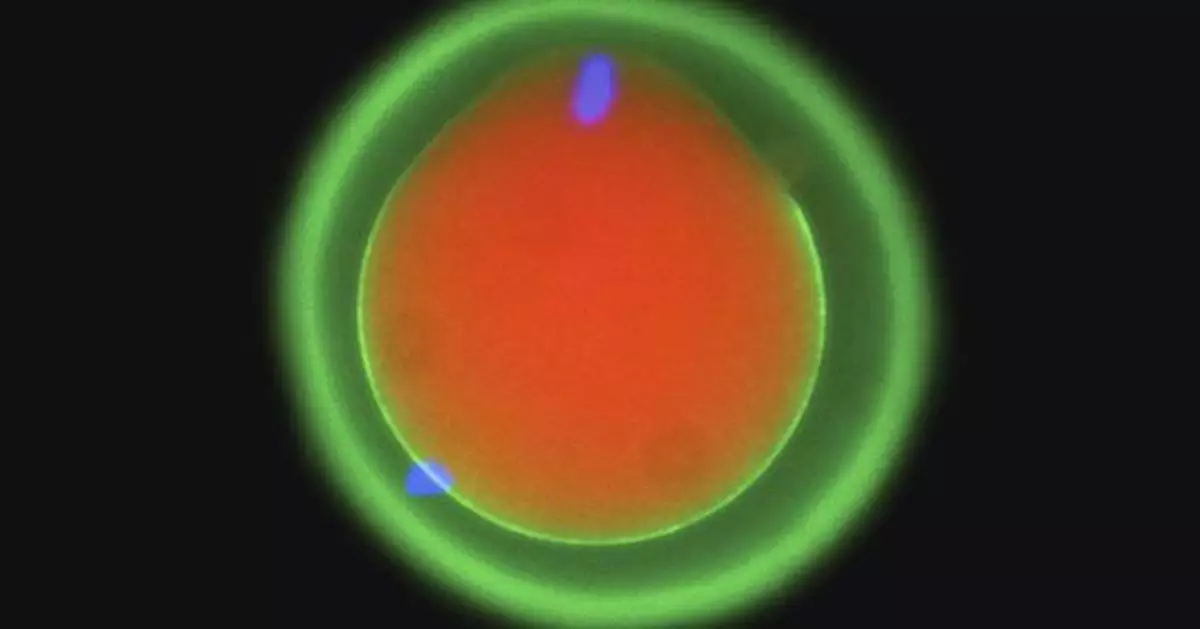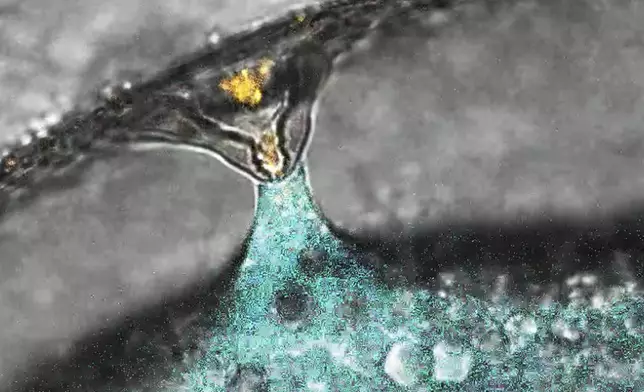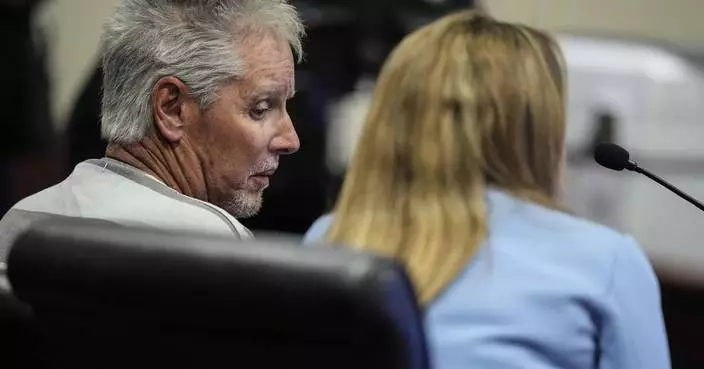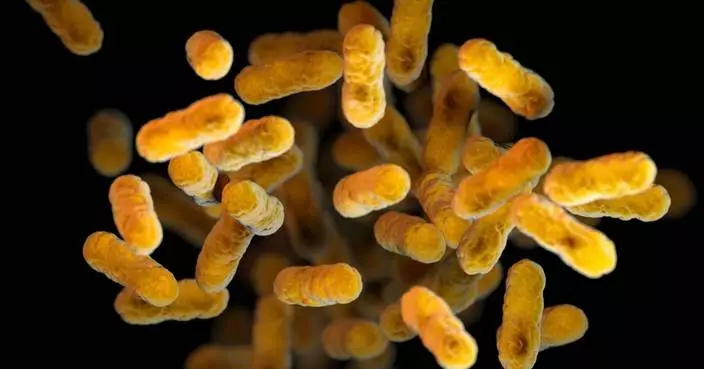How a sperm and an egg fuse together has long been a mystery.
New research by scientists in Austria provides tantalizing clues, showing fertilization works like a lock and key across the animal kingdom, from fish to people.
Click to Gallery
This microscope image provided by Osaka University and the Research Institute of Molecular Pathology in October 2024, shows mouse eggs, marked in red and green, and sperm, marked in blue. (Yonggang Lu/Osaka University/IMP via AP)
This microscope image provided by the Research Institute of Molecular Pathology in October 2024, shows human sperm. (IMP via AP)
This microscope image provided by the Research Institute of Molecular Pathology in October 2024, shows the fertilization of a zebrafish (Danio rerio) egg by a sperm, marked in orange. (IMP via AP)
This electron microscope image provided by the Research Institute of Molecular Pathology in October 2024, shows a zebrafish sperm bound to the sperm-entry site of a zebrafish egg. (IMP via AP)
This microscope image provided by Osaka University and the Research Institute of Molecular Pathology in October 2024, shows the fertilization of a mouse egg marked in red and green. DNA is marked in blue, showing in the egg at the top and in a sperm cell at the bottom left. (Yonggang Lu/Osaka University/IMP via AP)
“We discovered this mechanism that’s really fundamental across all vertebrates as far as we can tell,” said co-author Andrea Pauli at the Research Institute of Molecular Pathology in Vienna.
The team found that three proteins on the sperm join to form a sort of key that unlocks the egg, allowing the sperm to attach. Their findings, drawn from studies in zebrafish, mice, and human cells, show how this process has persisted over millions of years of evolution. Results were published Thursday in the journal Cell.
Scientists had previously known about two proteins, one on the surface of the sperm and another on the egg’s membrane. Working with international collaborators, Pauli’s lab used Google DeepMind’s artificial intelligence tool AlphaFold — whose developers were awarded a Nobel Prize earlier this month — to help them identify a new protein that allows the first molecular connection between sperm and egg. They also demonstrated how it functions in living things.
It wasn't previously known how the proteins “worked together as a team in order to allow sperm and egg to recognize each other,” Pauli said.
Scientists still don’t know how the sperm actually gets inside the egg after it attaches and hope to delve into that next.
Eventually, Pauli said, such work could help other scientists understand infertility better or develop new birth control methods.
The work provides targets for the development of male contraceptives in particular, said David Greenstein, a genetics and cell biology expert at the University of Minnesota who was not involved in the study.
The latest study "also underscores the importance of this year’s Nobel Prize in chemistry,” he said in an email.
The Associated Press Health and Science Department receives support from the Howard Hughes Medical Institute’s Science and Educational Media Group. The AP is solely responsible for all content.
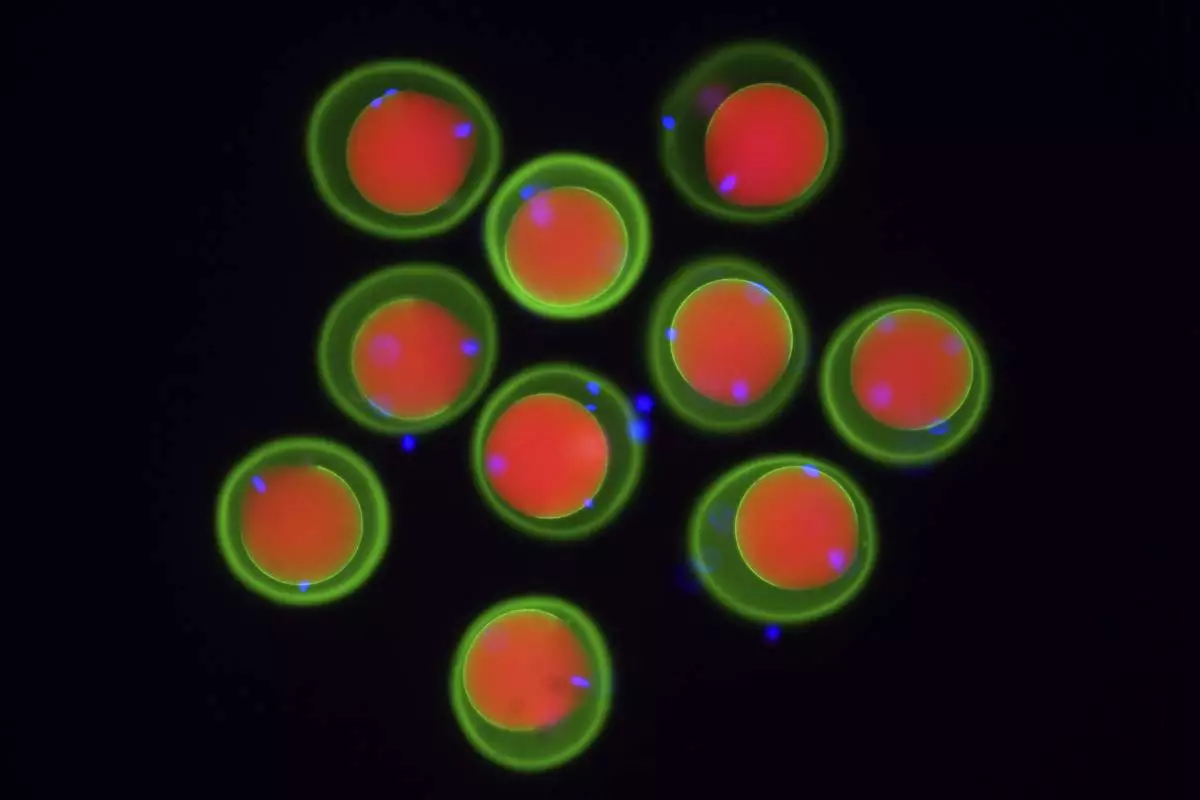
This microscope image provided by Osaka University and the Research Institute of Molecular Pathology in October 2024, shows mouse eggs, marked in red and green, and sperm, marked in blue. (Yonggang Lu/Osaka University/IMP via AP)
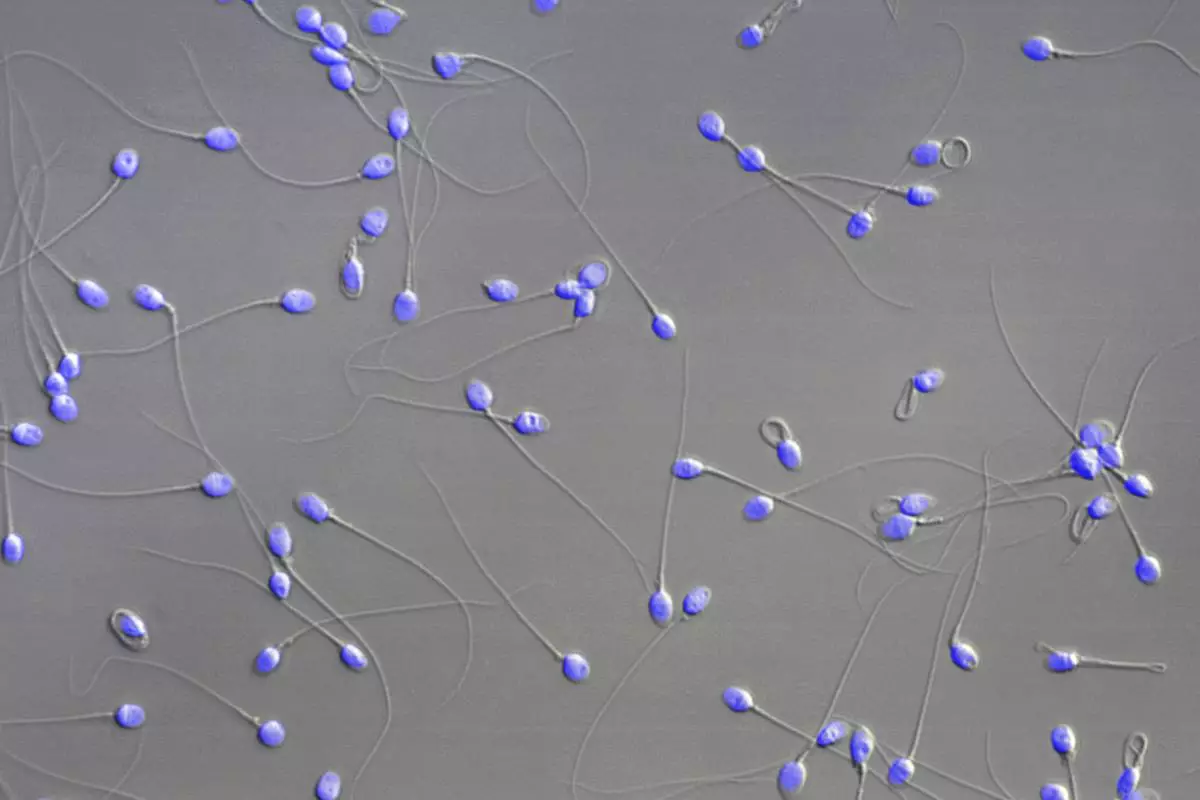
This microscope image provided by the Research Institute of Molecular Pathology in October 2024, shows human sperm. (IMP via AP)

This microscope image provided by the Research Institute of Molecular Pathology in October 2024, shows the fertilization of a zebrafish (Danio rerio) egg by a sperm, marked in orange. (IMP via AP)
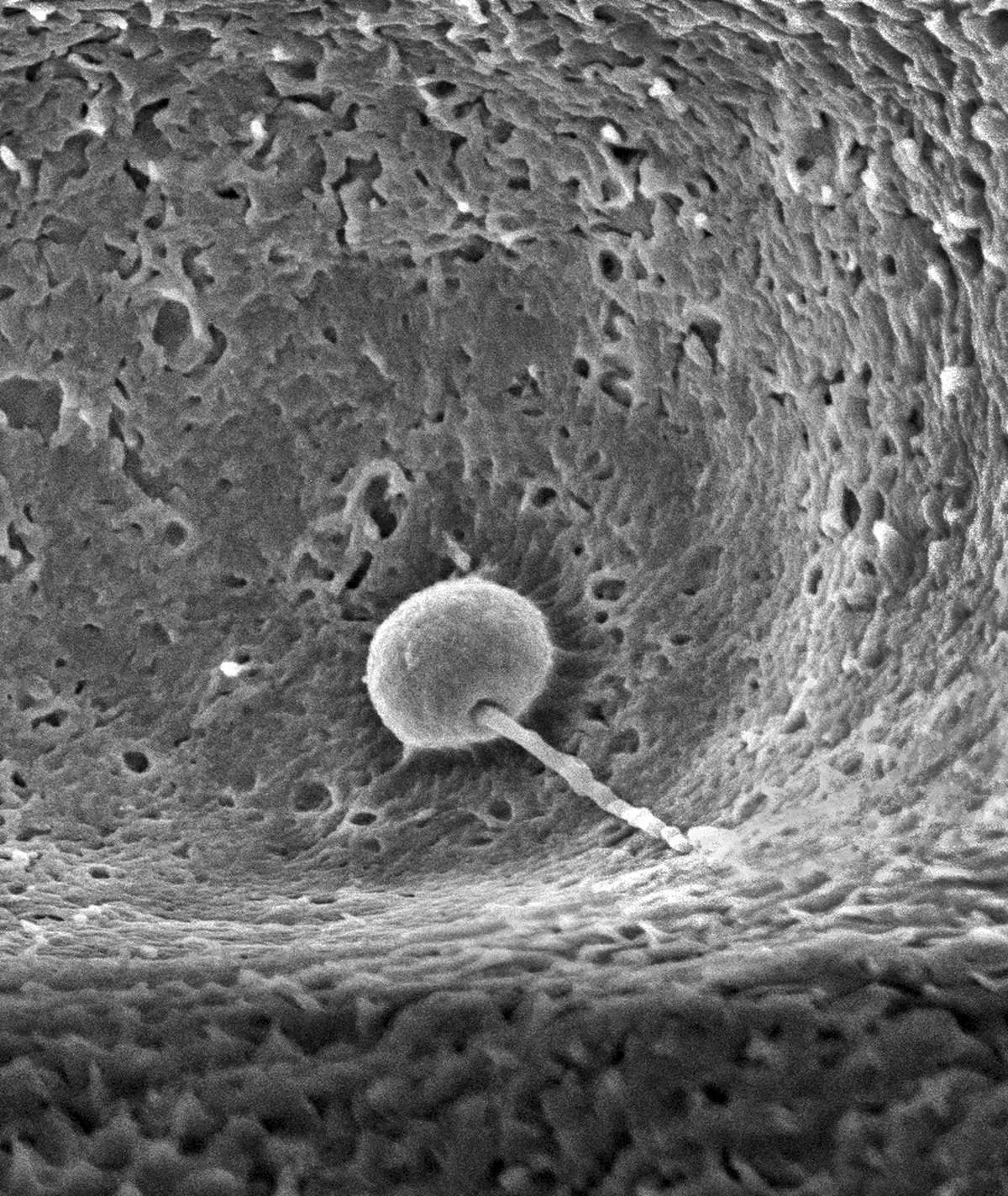
This electron microscope image provided by the Research Institute of Molecular Pathology in October 2024, shows a zebrafish sperm bound to the sperm-entry site of a zebrafish egg. (IMP via AP)
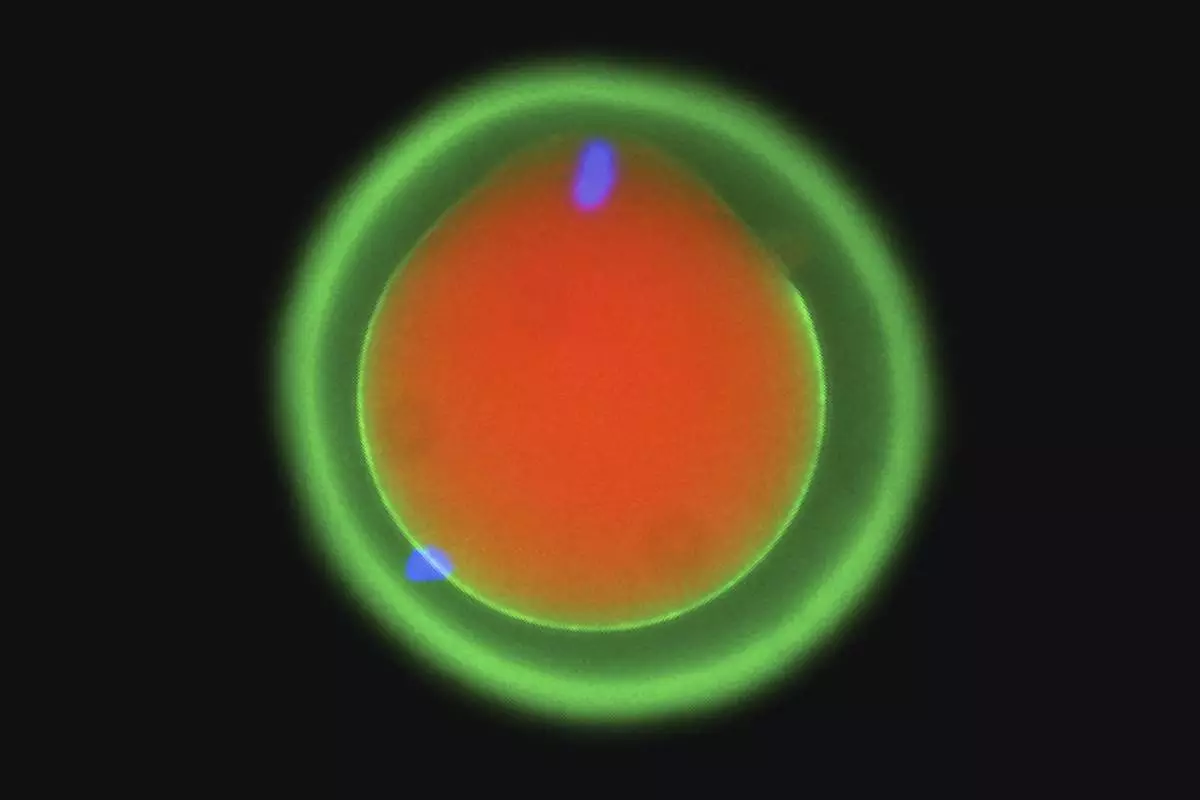
This microscope image provided by Osaka University and the Research Institute of Molecular Pathology in October 2024, shows the fertilization of a mouse egg marked in red and green. DNA is marked in blue, showing in the egg at the top and in a sperm cell at the bottom left. (Yonggang Lu/Osaka University/IMP via AP)
MENDENHALL, Miss. (AP) — A construction company said Thursday that it is cooperating with local authorities' investigation of how a bridge in rural Mississippi collapsed while some of its employees were preparing the structure for demolition.
Three employees of T.L. Wallace Construction were killed and four were injured Wednesday when the bridge collapsed over the Strong River in central Mississippi’s Simpson County, Sheriff Paul Mullins said.
The construction company, based in Columbia, Mississippi, said in a statement that the three workers who died were “cherished members of our community and our team.”
One of the injured workers was treated at the scene Wednesday and the other three remained hospitalized in critical condition Thursday, according Mullins.
The bridge was on state Route 149 in Simpson County, about 40 miles (64 kilometers) south of the state capital, Jackson. It had been closed to traffic since Sept. 18 as part of a bridge replacement project, the Mississippi Department of Transportation said.
The workers killed were Charles Badger, whose age was not immediately available; Charles Ingleharte, 22; and Kevin Malone, 72, Simpson County Coroner Terry Tutor said Thursday. Ingleharte lived in Foxworth and Badger and Malone lived in Hattiesburg, according to the company.
“At this time, we ask for prayers and support for the families and loved ones of the deceased,” the company said. “Our hearts go out to them during this incredibly difficult time. T.L. Wallace Construction, Inc., is committed to providing assistance to the families as they navigate through this unimaginable loss.”
U.S. Transportation Secretary Pete Buttigieg said on social media late Wednesday that the Federal Highway Administration was “engaging state officials concerning” the “premature collapse during demolition of a bridge on State Route 149 in Mississippi.”
Republican U.S. Sen. Cindy Hyde-Smith of Mississippi said on social media Thursday that the bridge collapse was a tragic event.
“We must work to understand what caused this accident so we can prevent something like this from happening again,” Hyde-Smith said.
The Mississippi Department of Transportation said one of its inspectors was at the work site when the bridge collapsed, and that person was unharmed.
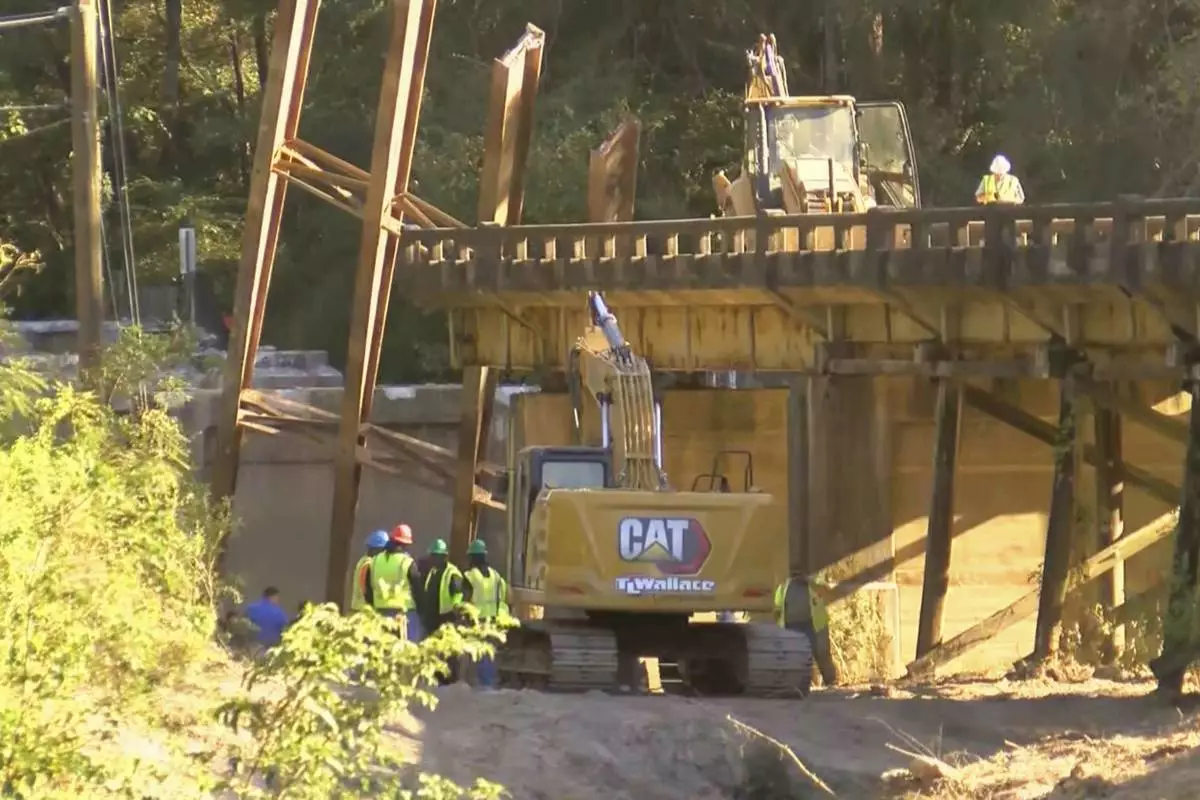
This image taken from video from WLBT shows construction workers at the scene after a bridge over the Strong River on State Route 149 in Simpson County, Miss., collapsed on Wednesday, Oct. 16, 2024. (WLBT via AP)
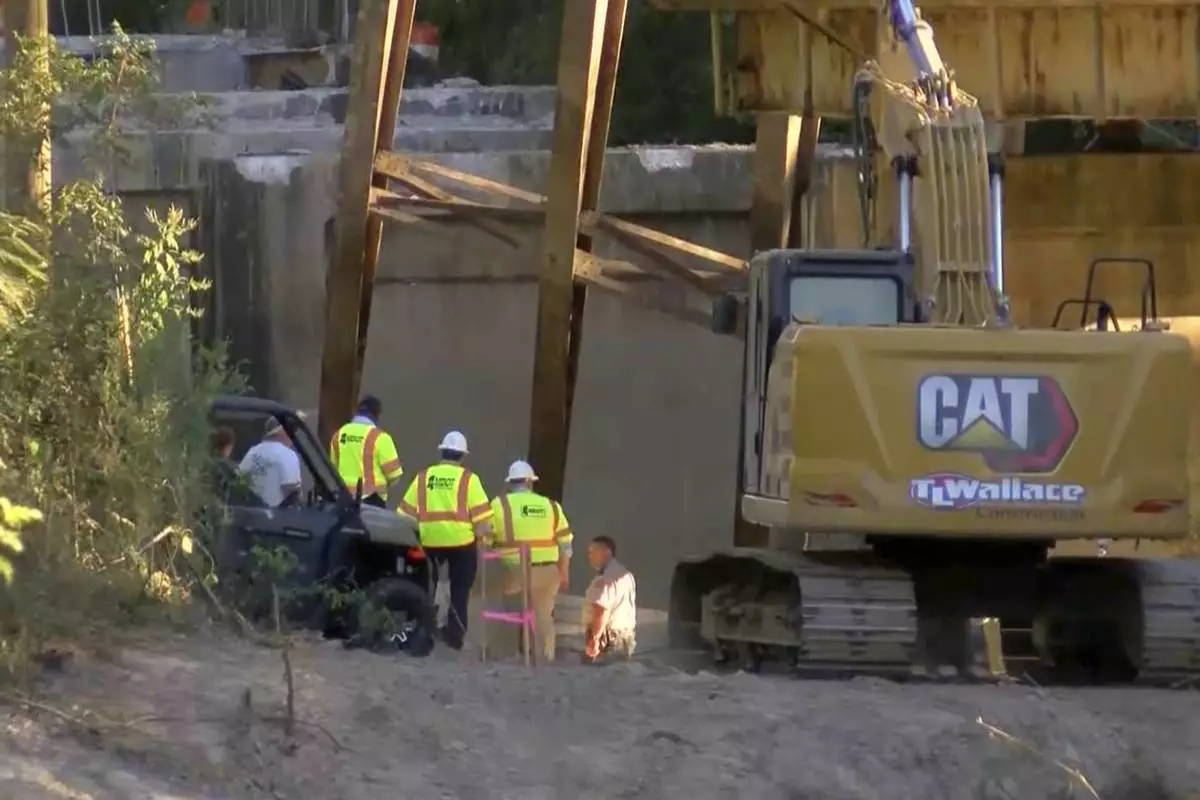
CORRECTS TO MISSISSIPPI DOT INSTEAD OF MISSOURI - This image taken from video from WLBT shows law enforcement and Mississippi Department of Transportation workers at the scene after a bridge over the Strong River on State Route 149 in Simpson County, Miss., collapsed on Wednesday, Oct. 16, 2024. (WLBT via AP)







